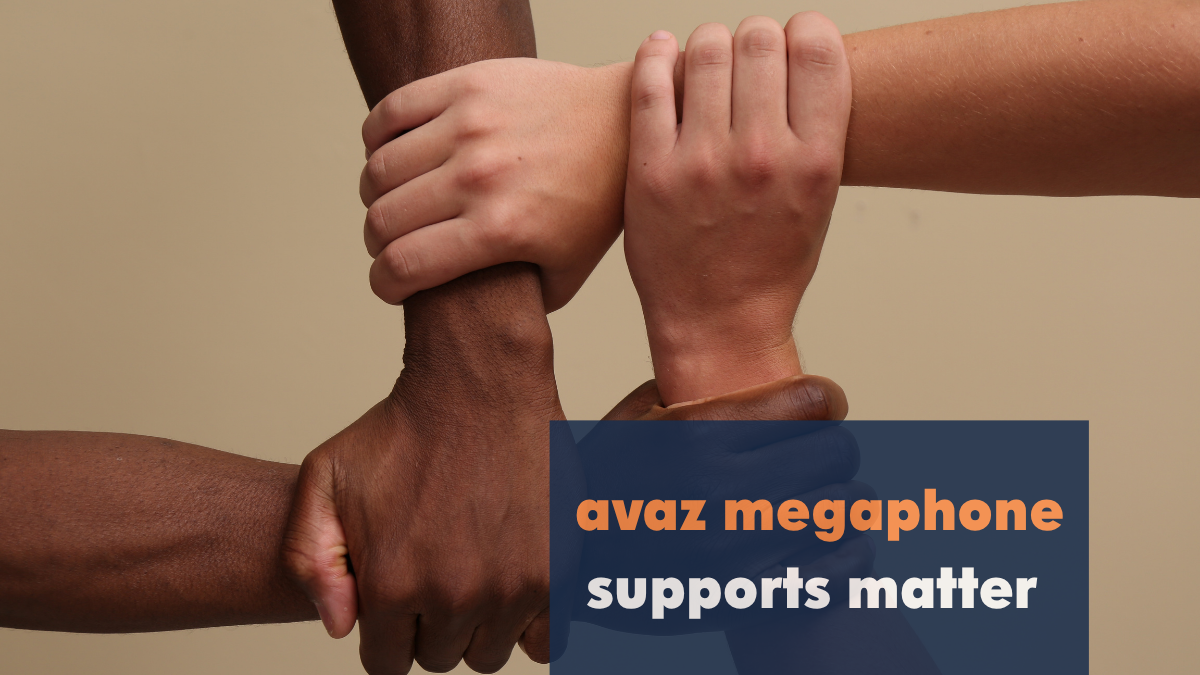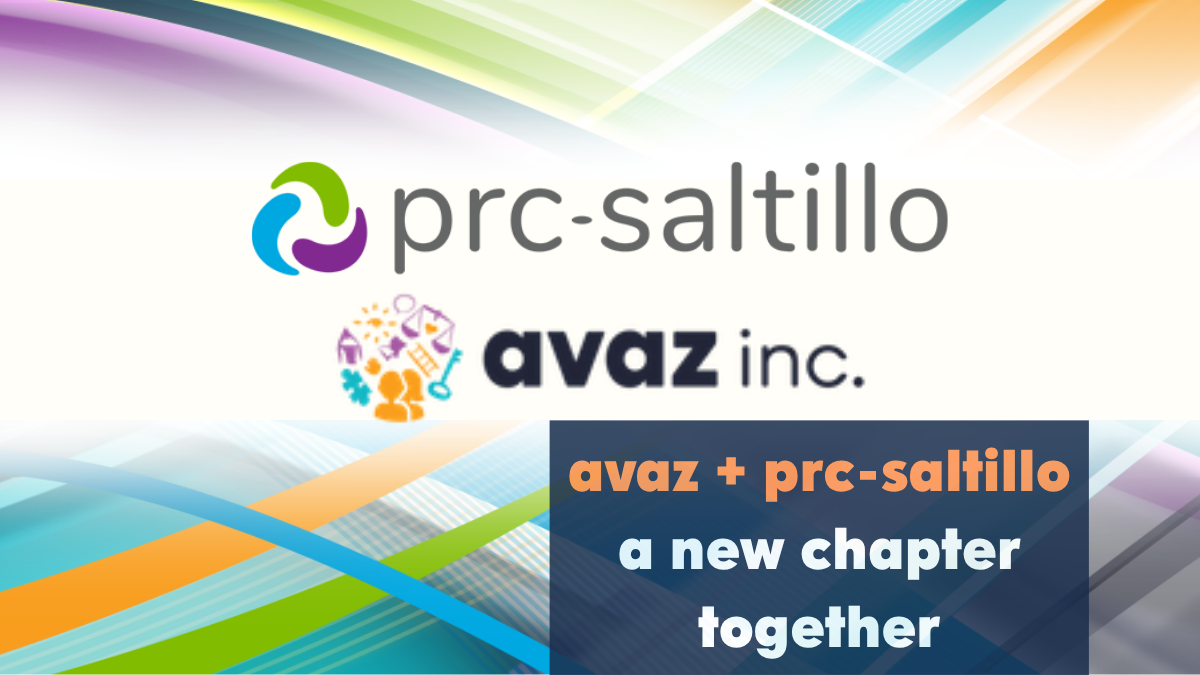Any child who struggles with verbal communication (even those who are minimally verbal) should definitely consider AAC as a viable form of intervention. It is especially beneficial when started early in life. It has been estimated that approximately 21-61% of individuals on the autism spectrum exhibit limited speech (Weitz, Dexter, & Moore, 1997).
A systematic review by Lohrah in 2015 of tablets, computers and portable media devices that serve as SGDs, found that the devices usually facilitated verbal ability. It also found that language acquisition was faster for individuals using SGDs compared to manual signs or low technology AAC .
How does this happen?
SGD: Beyond Just Access to Communication.


- In Speech Generating Devices (SGD), there is Multi sensory convergence when an icon is selected. There is visual and auditory feedback for a selection made with a tactile input. This forms stronger connections in the brain which makes learning quicker. The more the sensory feedback when learning a new skill, the easier it is to learn.
- The child can use the visual supports as reminder when choosing the words to express. For many children in the spectrum this is necessary as they are visual learners.
- AAC is concrete. The selected words stay on the device till they are deleted, unlike speech(you say the word and then they are gone). This population are concrete learners who will benefit from its permanence.
- Auditory feedback from the device for a particular selection is the same every time. This is great help for a child with processing difficulties. On the other hand, we say the same word in many different ways. The intonation pattern changes with our emotional state. This may be confusing to the child.
- Behavior seems to be positively affected by AAC as well. When children have an outlet with which to communicate their wants and needs, difficult behaviors appear to decrease (Lal, 2010).
Children on the spectrum have a wide variety of strengths and weaknesses related to communication. It is therefore important that AAC intervention be individualized and accommodating.
AAC access is a main area of concern for many kids. Let’s take a look at the
Pre- requisites to Achieve Accessibility while using AAC.
Some pre-requisites are:
- Visual perception
- Coordination/motor planning
- Sensory regulation
- Fine motor
- Visual motor
- Portability
- Positioning
- Seating
- Sensory Input
This is not an exhaustive list. Nevertheless, it highlights the importance of motor ability in AAC implementation.
Which brings us to the question:
What is Motor Learning?
Motor Learning is said to be “a set of processes associated with practice or experience leading to relatively permanent changes in the capability for movement” (Zwicker & Harris, 2009, p. 30).
An example will help us understand this from AAC point of view. We can experiment this on ourselves to understand better
When using Aided Language Input, first Model the same word, four or 5 times.
Then close your eyes on the next model… If you can still remember where the word was or at least a close approximation, that is when we say motor learning and planning has taken place.
Motor Ability in Individuals with ASD
It has been found that amongst other co-occurring conditions, these individuals have deficit motor ability.
Research suggests that –
- Motor impairment may be present in many individuals with ASD (Mirenda, 2008).
- Difficulties with motor conceptualization and planning can be linked to the social, communicative, and repetitive behaviors that characterize ASD (Dziuk et al., 2007).
- Ming, Brimacombe, and Wagner (2007) found 41% of children with ASD between ages 2-6, and 27% between ages 7-18, displayed signs of oral and/or hand apraxia (Mirenda, 2008). This is a possible reason why individuals with ASD have a difficult time imitating facial and body movements. This difficulty may have an effect on the type of AAC device that the interventionist decides to use.
Motor Plan Relating to Speech and AAC
In verbal speech, automaticity is achieved through both a consistent sensory input and consistent motor plan (Halloran and Halloran, 2006). The motor plan to say a word verbally remains consistent across time, developmental levels, and all environments. It is very different from the plan to say another word.
“Motor automaticity is achieved through practice when a consistent motor movement produces a consistent result. In order to achieve automaticity with AAC, each word should be accessed using a unique and consistent motor pattern regardless of the activity” (Halloran and Halloran, 2006, p. 17).
After the placement and motor movement of a word has been established, it should not be changed, as this would negatively affect communication fluency.
Halloran and Halloran (2006) found that individuals on the autism spectrum might experience difficulties with motor planning of an icon on a device, which however is found to be easier than the motor plan to articulate that word.
Final Thoughts
While cognitive difficulties are often presumed in individuals with ASD, motor difficulties are often disregarded especially while planning and implementing AAC. As we have seen, motor planning goes a long way in learning to communicate through AAC.
Hence, we should consider the motor abilities of individuals with ASD while making an AAC implementation plan for them.
WRITTEN BY
Niveditha Ryali
Speech – Language – Swallowing Therapist
I have years of experience that comes from working in NHS(UK), special schools, hospitals and private practice. My passions are working on improving Speech, Language and Swallowing skills in children and adults. I also strive to facilitate early communication in children with complex communication needs, thereby improving parent-child bonding.






How can we secure AAC device?
Hello Abhishek,
Our team will be in touch with you shortly. Additionally, you can contact us at support@avazapp.com if you have any questions or need assistance.
– Team Avaz